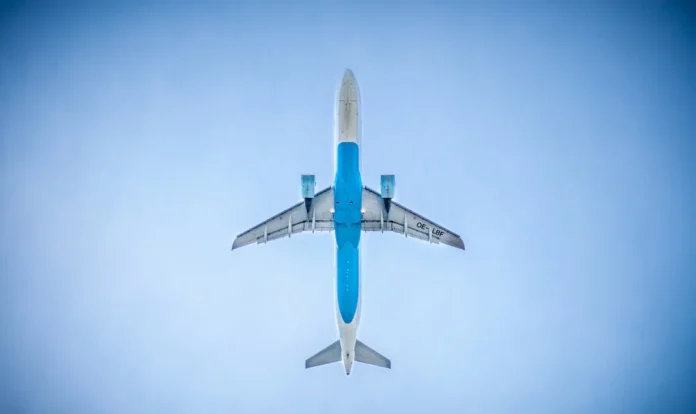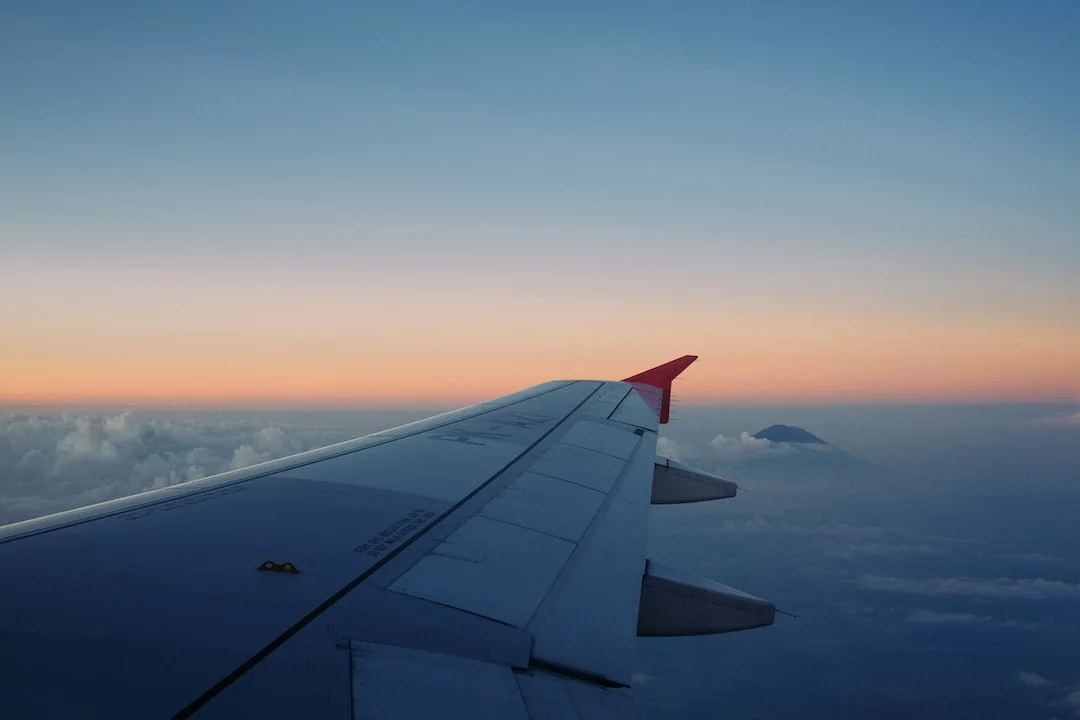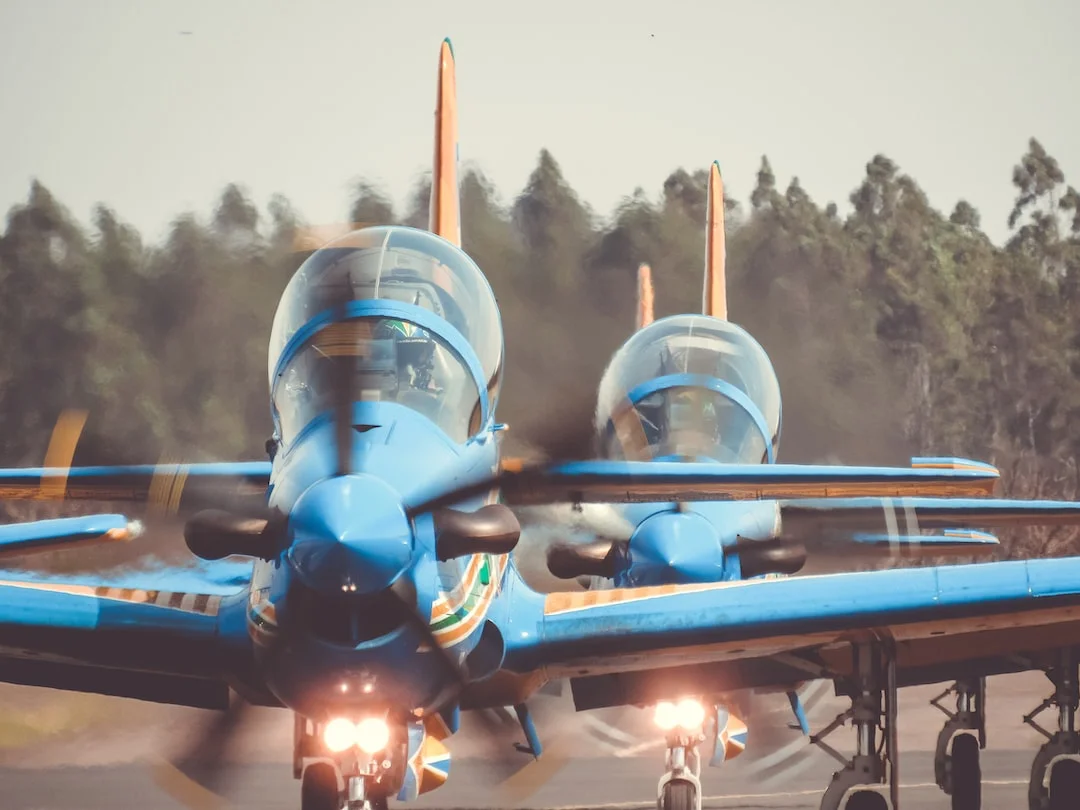Thrust Lever Angle, commonly referred to as TLA, is an important control feature on the Boeing 737 aircraft. It plays a crucial role in managing the engines and their power output. TLA is essentially the angle at which the thrust levers are positioned by the pilots. By adjusting these levers, the flight crew can control the thrust levels of the engines, which directly impacts the aircraft’s speed and climb rate.
In this article, we will delve deeper into the concept of Thrust Lever Angle and understand its significance in the operation of the Boeing 737.
Contents
The Function of Thrust Lever Angle
The Thrust Lever Angle (TLA) on the Boeing 737 is responsible for communicating the desired power settings to the engines. It acts as an interface between the pilots and the engine control system, allowing them to regulate the thrust output accurately. The TLA positions are determined by the flight crew based on factors such as takeoff requirements, climb rates, cruise speeds, and descent profiles.
Each engine on the Boeing 737 has its own thrust lever, which can be moved independently by the pilots. By manipulating the TLA, the flight crew can control the thrust of each engine individually, ensuring balanced power output and efficient performance.
The TLA on the Boeing 737 is typically represented by values ranging from -10° to 100°. At -10°, the thrust levers are placed in the reverse thrust position, which is used during landing to decelerate the aircraft after touch down. At 0°, the levers are in the idle thrust position, where the engines are providing minimal power to maintain engine health. Positive values, like 50° or 100°, indicate increasing thrust levels for takeoff, climb, and cruise phases of flight.
The positioning of the TLA is vital for the safe and efficient operation of the Boeing 737. It helps the pilots achieve the desired performance parameters during different phases of flight, including takeoff, climb, cruise, and descent.
The Importance of TLA in Different Flight Phases
The Thrust Lever Angle (TLA) on the Boeing 737 holds significant importance in various flight phases. Let’s explore how it affects the aircraft’s performance during takeoff, climb, cruise, and descent.
Takeoff
During takeoff, the TLA is manipulated to ensure the engines provide the necessary thrust for acceleration and lift-off. The flight crew sets the TLA to an appropriate angle, depending on factors such as aircraft weight, runway length, temperature, and altitude.
The recommended TLA for takeoff on the Boeing 737 is typically around 40°-50°. This positioning allows the engines to generate sufficient thrust for a smooth takeoff and climb. The pilots continuously monitor the engine parameters and adjust the TLA if needed to maintain the desired thrust levels throughout the takeoff roll.
Climb
Once the aircraft is airborne, the TLA is adjusted for the climb phase. The pilots gradually reduce the thrust to a lower angle, typically ranging from 20° to 30°, to achieve a climb rate and airspeed that optimize fuel efficiency.
The specific TLA setting for climb depends on factors such as the desired rate of climb, altitude restrictions, and air traffic control instructions. The flight crew continuously monitors the engine parameters and adjusts the TLA as necessary to maintain the desired climb performance.
Cruise
During the cruise phase, the TLA is typically set to an angle that provides a balance between fuel efficiency and maintaining a desired airspeed. The specific TLA value can vary depending on the aircraft’s weight, altitude, temperature, and cruising speed.
A common TLA setting for cruise on the Boeing 737 is around 15° to 20°. This angle allows the engines to operate at a power output that enables efficient cruising while ensuring the aircraft maintains the required speed for a smooth journey.
Descent
During the descent phase, the TLA is gradually reduced as the aircraft prepares for landing. The flight crew sets the thrust levers to lower angles, typically between 5° and 15°, to initiate a controlled descent while maintaining a steady airspeed.
The TLA positioning during descent depends on factors such as the desired rate of descent, speed restrictions, and air traffic control instructions. The pilots continuously monitor the engine parameters and adjust the TLA to ensure a smooth and safe descent until touchdown.
Conclusion
The Thrust Lever Angle (TLA) on the Boeing 737 is a critical control feature that allows the flight crew to regulate engine thrust accurately. By manipulating the TLA, pilots can adjust the thrust output during various flight phases, such as takeoff, climb, cruise, and descent. The TLA positioning directly affects the aircraft’s performance, fuel efficiency, and overall flight characteristics.
Understanding the importance of TLA in different flight phases is essential for pilots operating the Boeing 737. By correctly setting and continuously monitoring the TLA, pilots ensure optimal performance, efficient fuel usage, and a safe journey for passengers.
For more information on the Boeing 737 and its control systems, refer to the official Boeing website: https://www.boeing.com/commercial/737ng/#/features




